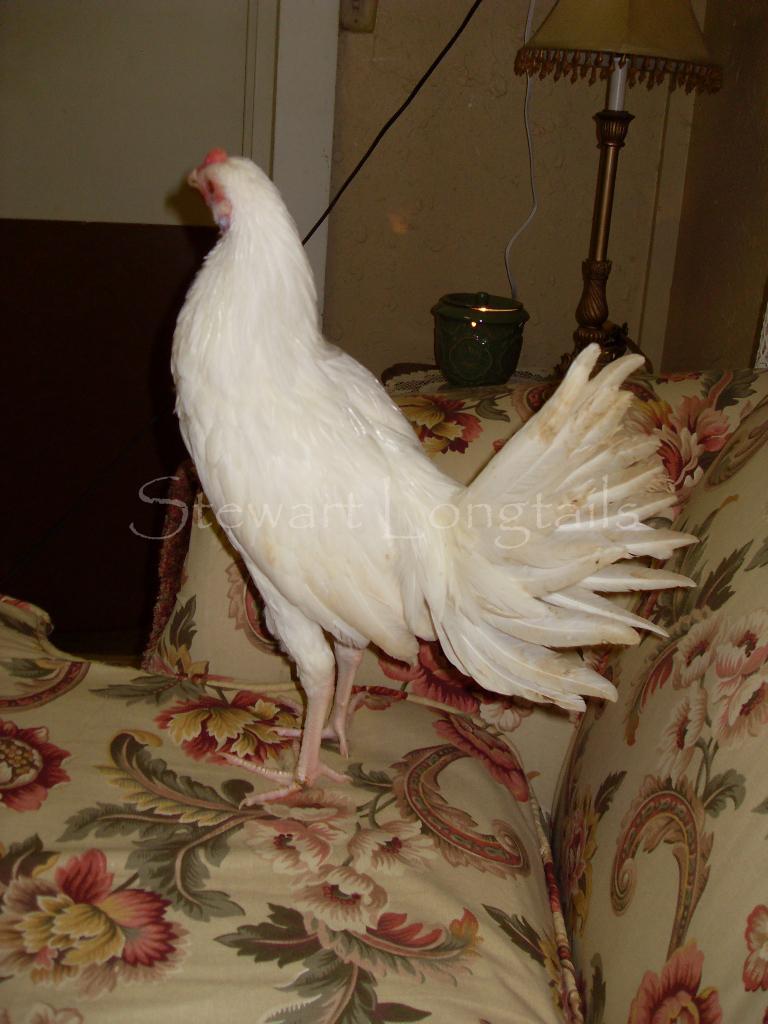Quote:
In addition to the scientific literature available, I ran a research project on that myself. I used a group of hens with recessive white color and artificially inseminated them with semen collected first from a Dominant white male, then a brown, then a dominant black male on successive days with semen from the black male inseminated on the third day. Gathered all the eggs and labeled them by date laid and set them. Wouldn't you know, the first eggs laid hatched black chicks, then several days later we started getting some brown chicks mixed in with the black chicks before they eventually were all brown and then after about 10 days we started getting a few white chicks mixed with some brown chicks and no black chicks with nearly all the last chicks hatched being white.
Isn't chicken research fun!!!!
In addition to the scientific literature available, I ran a research project on that myself. I used a group of hens with recessive white color and artificially inseminated them with semen collected first from a Dominant white male, then a brown, then a dominant black male on successive days with semen from the black male inseminated on the third day. Gathered all the eggs and labeled them by date laid and set them. Wouldn't you know, the first eggs laid hatched black chicks, then several days later we started getting some brown chicks mixed in with the black chicks before they eventually were all brown and then after about 10 days we started getting a few white chicks mixed with some brown chicks and no black chicks with nearly all the last chicks hatched being white.
Isn't chicken research fun!!!!



